Since I use a mixture of Japanese words and French words, here you’ll find some explanations and/or translations for the most common terms. If you have a doubt and want some more detail, contact me or leave a comment, I will be happy to disambiguate! And click on the link to see related recipes.
A
aburage 油揚. pronounce the final “ge” with a guttural g and an é. It is fried tofu, in particular the one in small rectangular shape. Commonly used in miso soup, with rice… Recipes
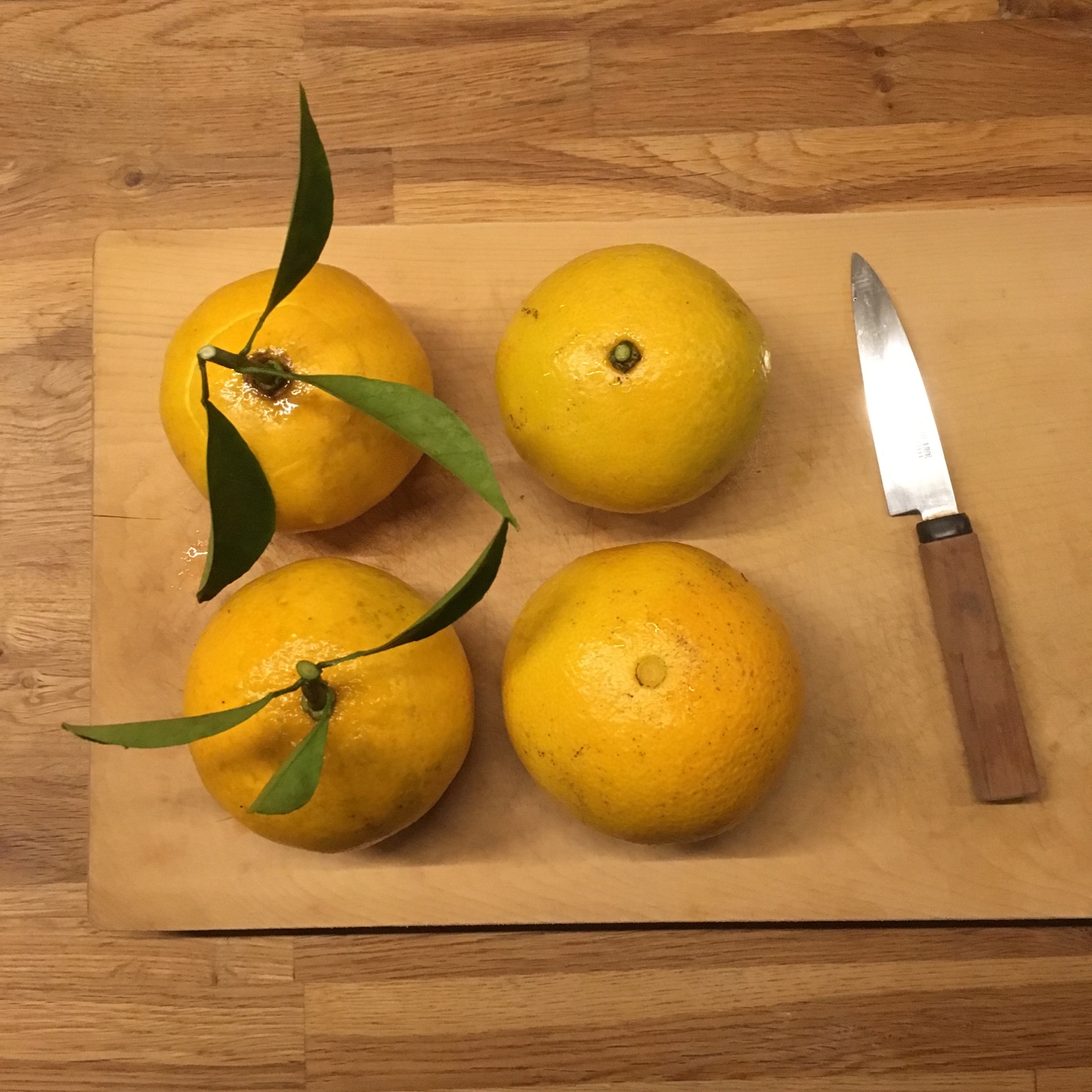
amanatsu 甘夏. a kind of citrus fruit about the size of a grapefruit that can be eaten like tangerines. In season in January-April in Tokyo area.
B
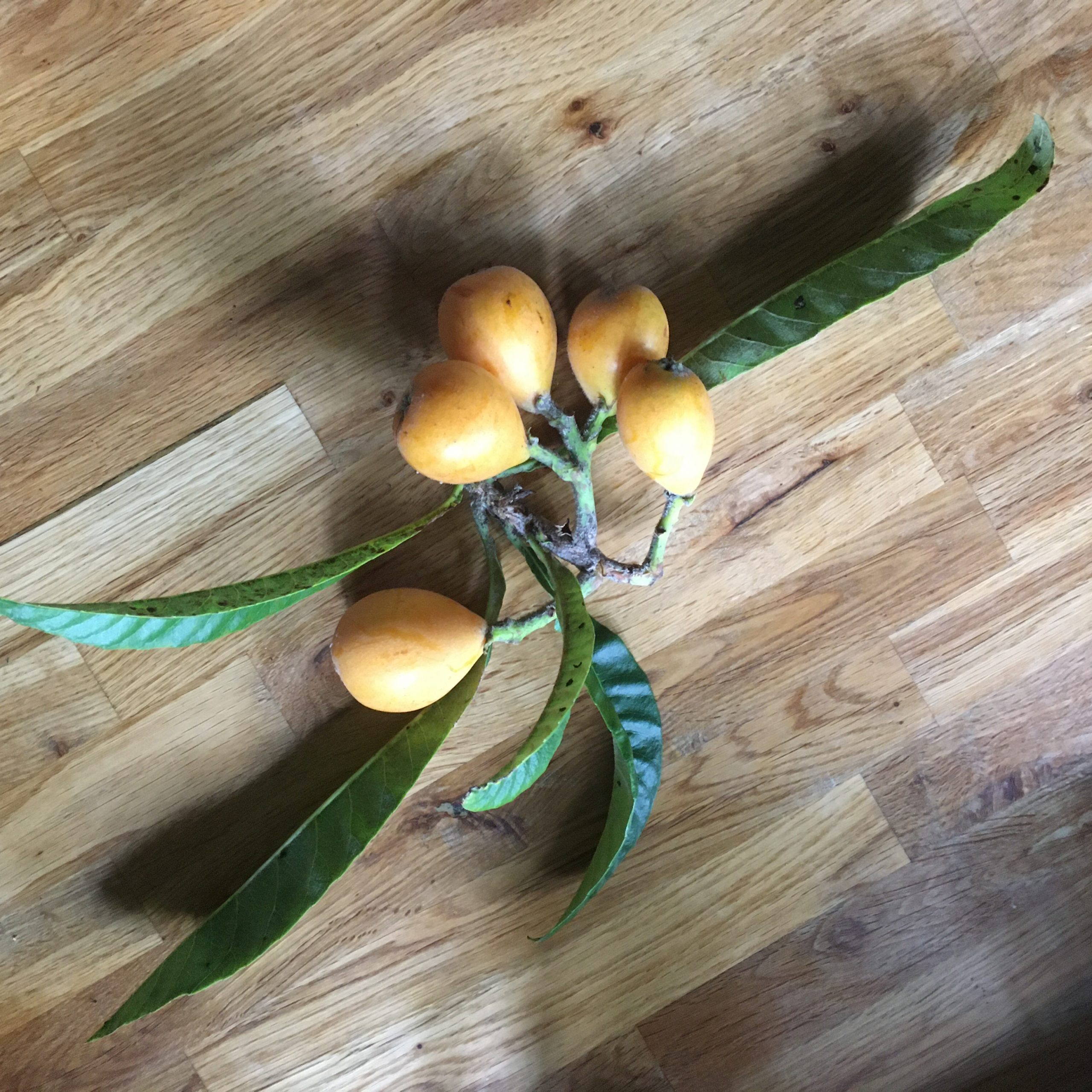
biwa 枇杷 loquat.
buta shoga yaki 豚生姜焼き grilled pork with ginger
buta 豚 pork
D
dashi だし Japanese consomme used as the base of many recipes. It is made out of dried ingredients boiled in water. It can be made of bonito flakes, small fishes, seaweed, dried mushrooms… Recipes
E
ebi 海老orエビ shrimps. I almost never cook shrimps because it is very difficult to find wild shrimps and most of the time when they are, they are beautiful colored shrimps from Okinawa and sold still alive, which is a no-go for me…
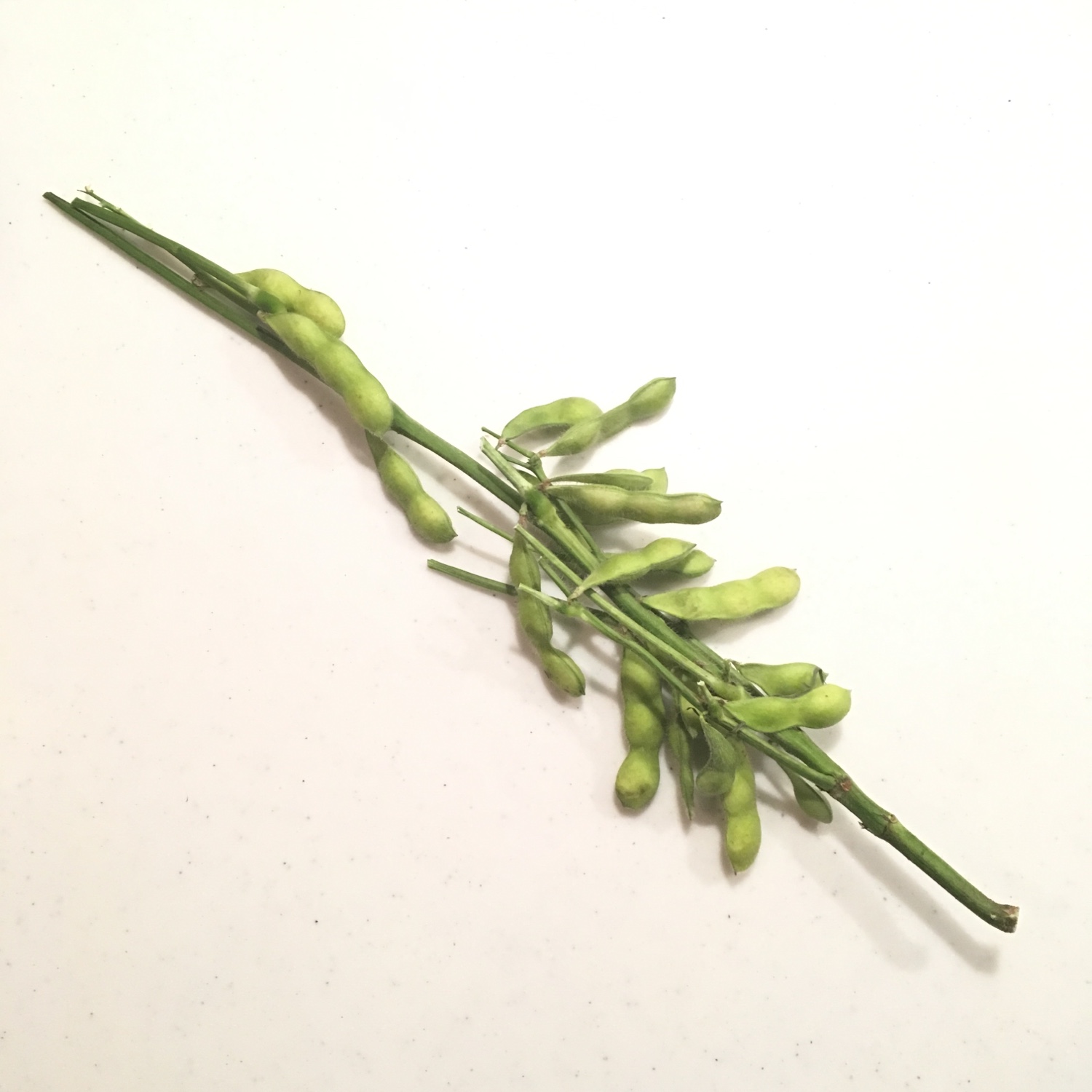
edamame 枝豆 young soya beans. Eaten in both savoury and sweet preparations. Recipes
F
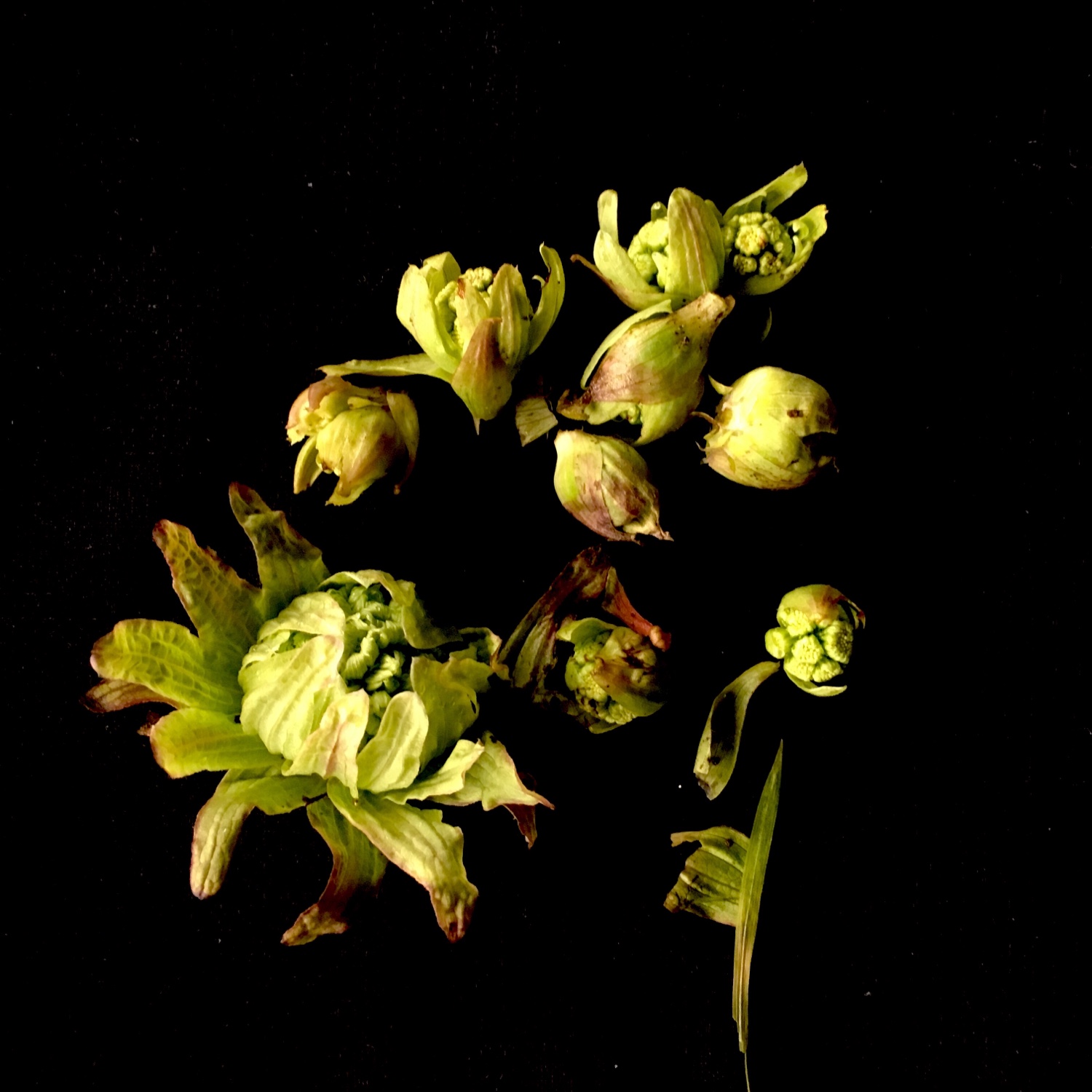
fukinoto 蕗の薹 butterbur flower buds. In season in January in Tokyo area, much later in snowy areas. One of the wild spring plants. Exist also in miso preparation to enjoy the vibrant flavour all year round.
H
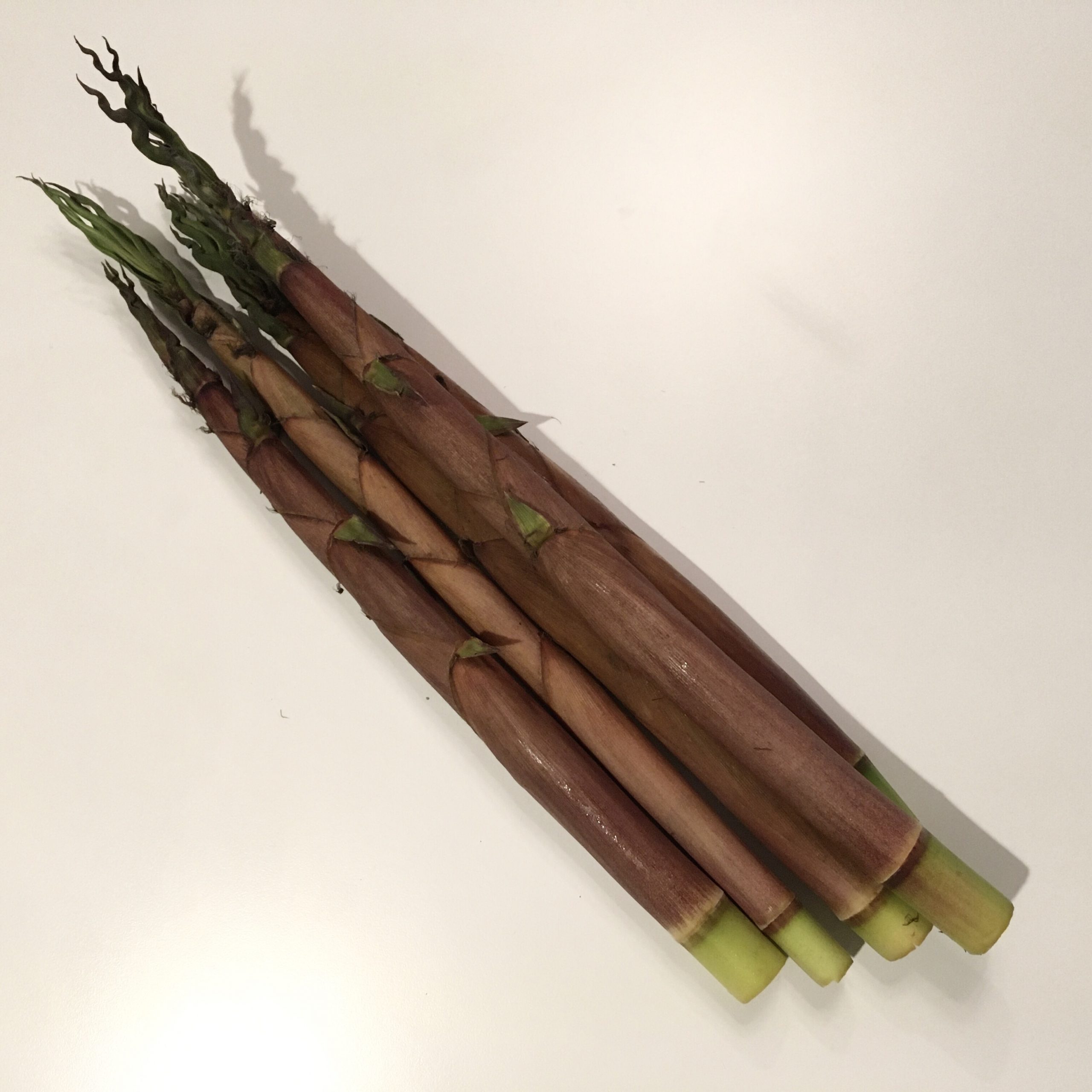
hachiku 淡竹 henon is a sort of bamboo shoot rather thin and very tender with a subtle taste and crunchy/soft texture. In season in late May. Rather difficult to find if you don’t forage them yourself.

hijiki ひじき a type of seaweed often used in Japanese cuisine. Often bought dry.
J
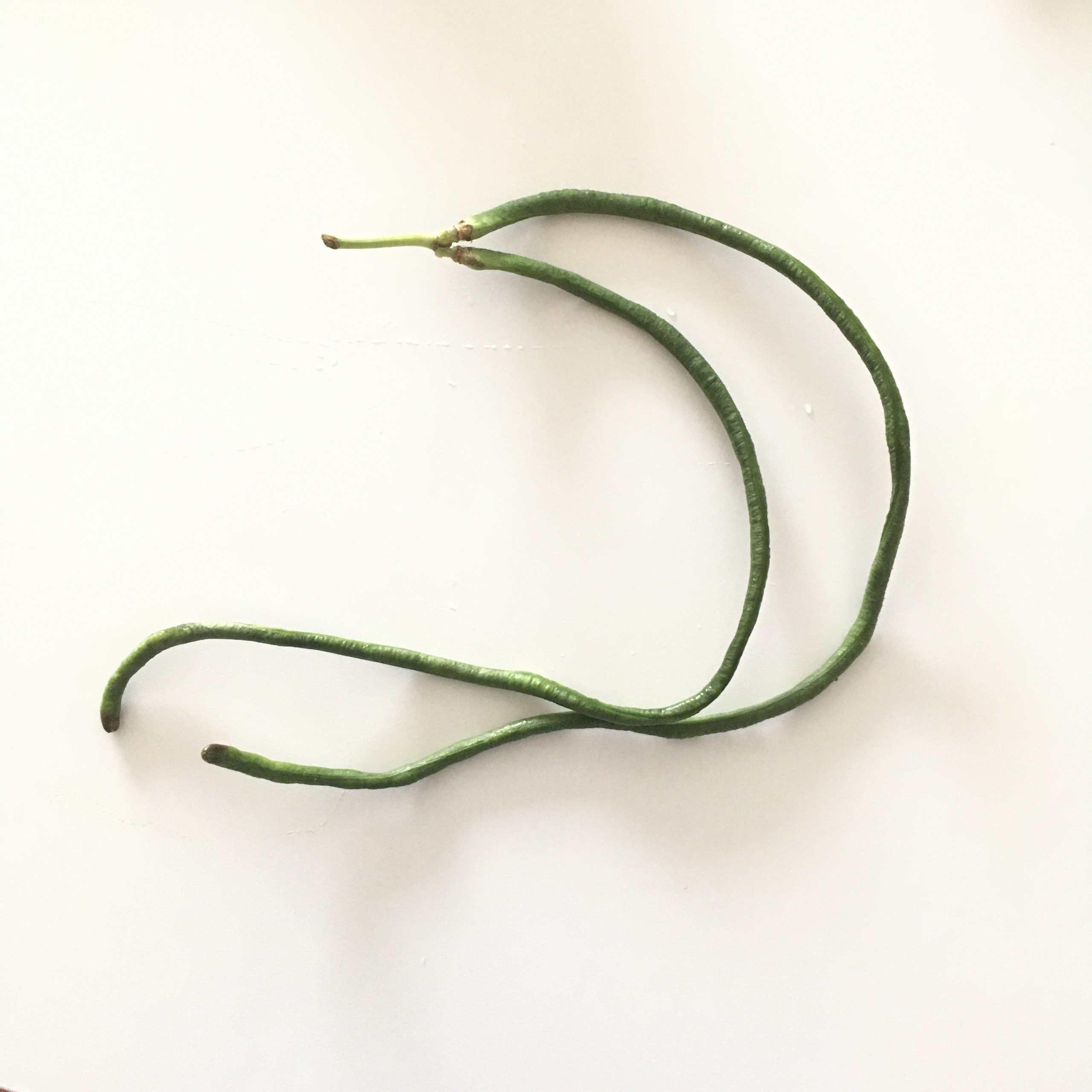
jūroku sasage 十六ササゲ yard long bean is a kind of green bean that was introduced in Japan in the 19th century. As the name suggests, it’s a very long bean, and more interesting it’s a double one: one stem two pods!
K
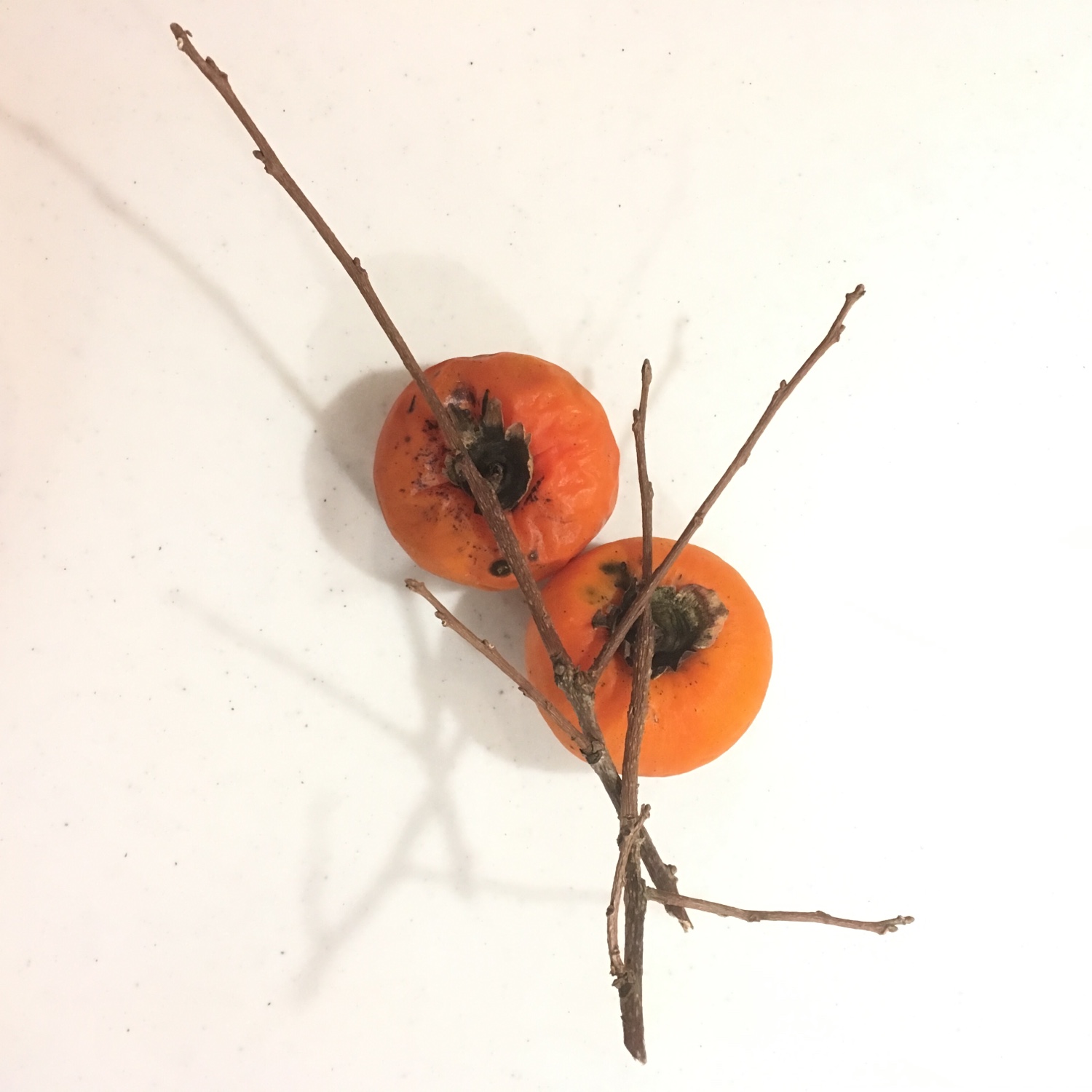
kaki 柿 persimmon In japan they exist of several types: round, square, the sweet ones you can eat as fruits, and the “shibui” one that cannot be eaten raw, but are perfect dried 干し柿 hoshigaki. Kaki are used in many recipes both savoury and sweet.
katsuobushi 鰹節 dried bonito used for dashi and in many recipes
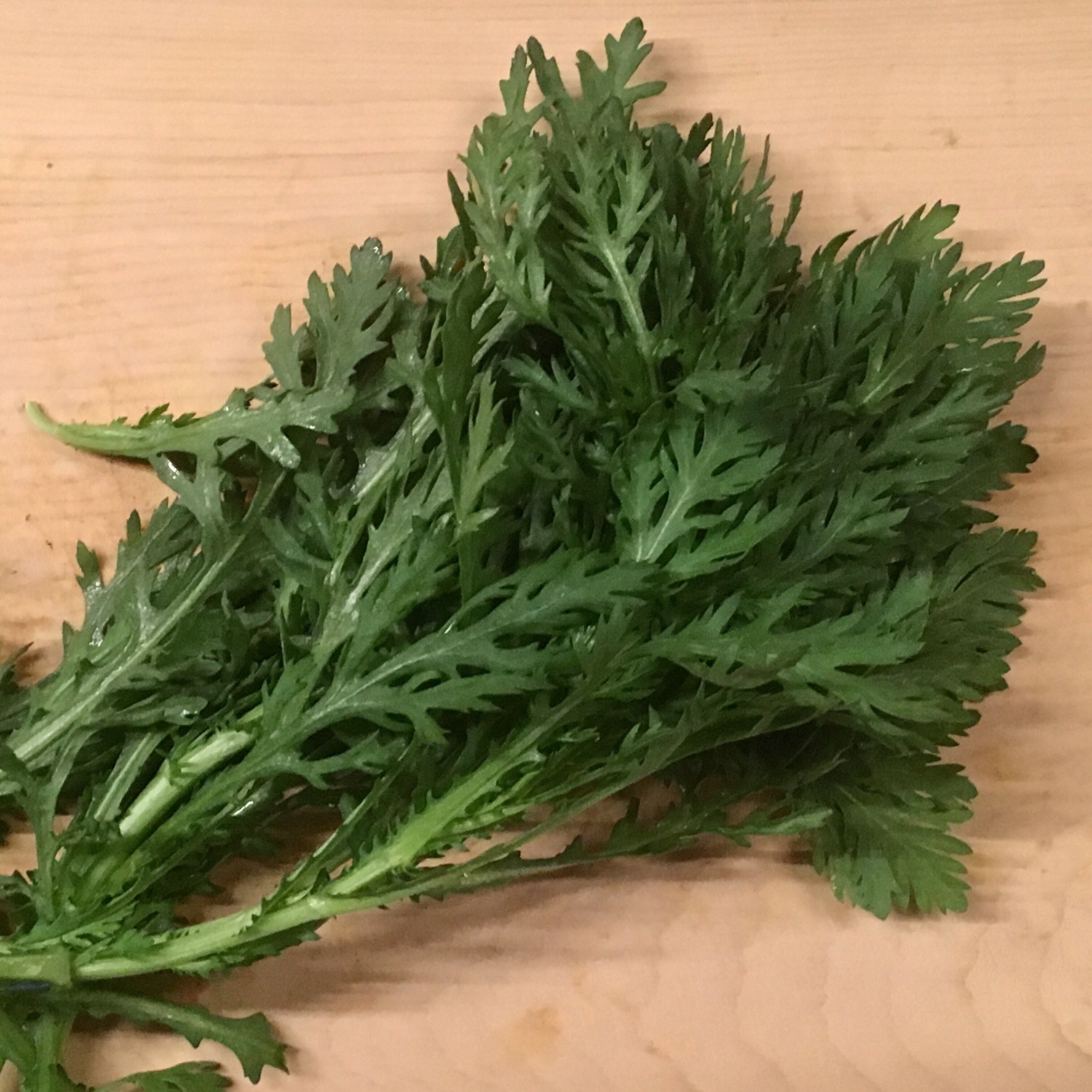 kiku 菊 Japanese chrysanthemum. The flower of autumn kiku is edible, while the leaves are also delicious in particular the spring chrysanthemum ones or shungiku 春菊.
kiku 菊 Japanese chrysanthemum. The flower of autumn kiku is edible, while the leaves are also delicious in particular the spring chrysanthemum ones or shungiku 春菊.
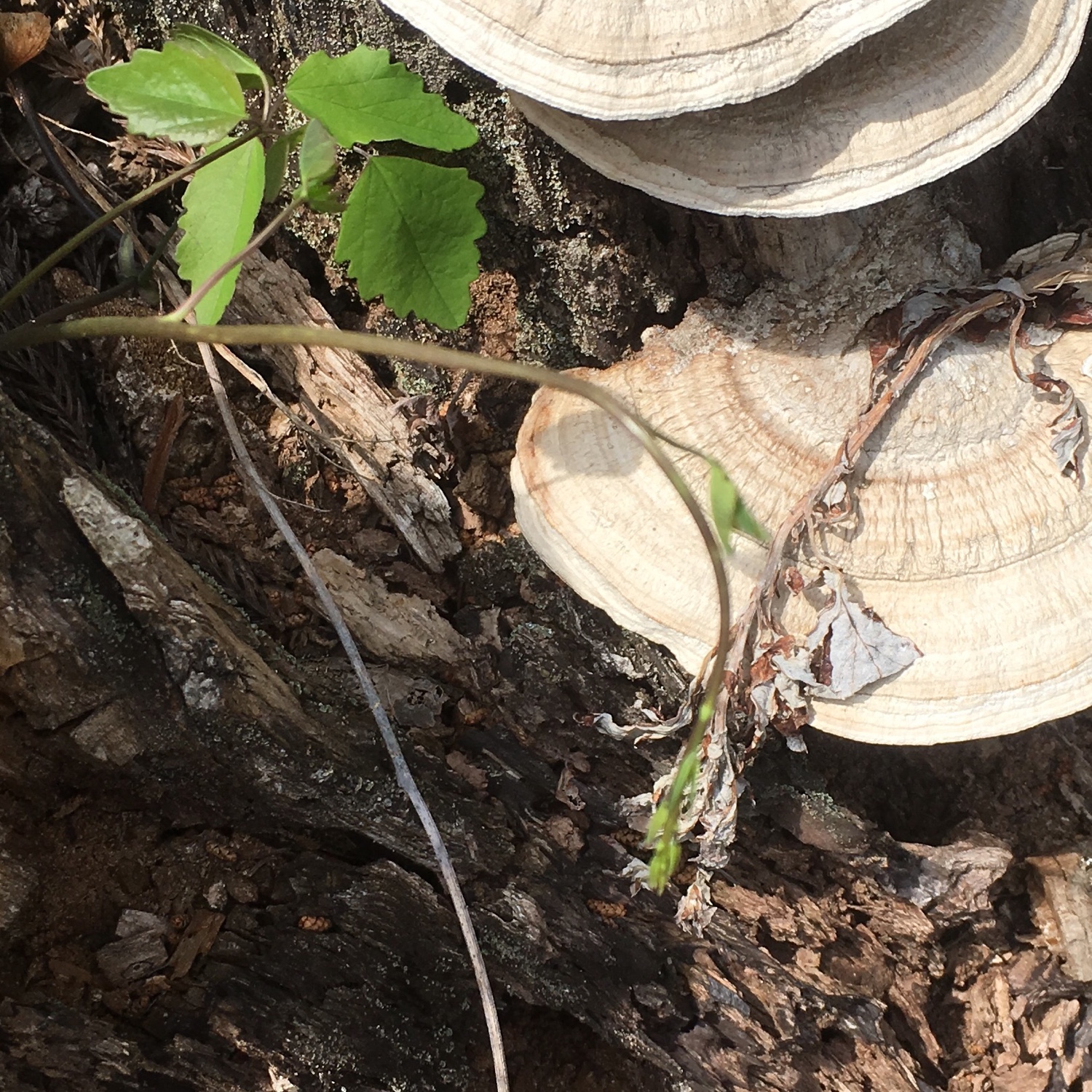
kinome 木の芽 has two meaning, either the leaf of the Japanese pepper tree sansho or one of the wild mountain vegetables: the sprout of chocolate vine.

kogomi こごみ one on the simplest to find and prepare wild mountain vegetables. It’s the sprout of a type of fern.
koji 麹 koji is the starter for fermentation of miso among others. It can be made of different sources, usually it is specified, as in “kome koji” 米麹 which is made of rice.
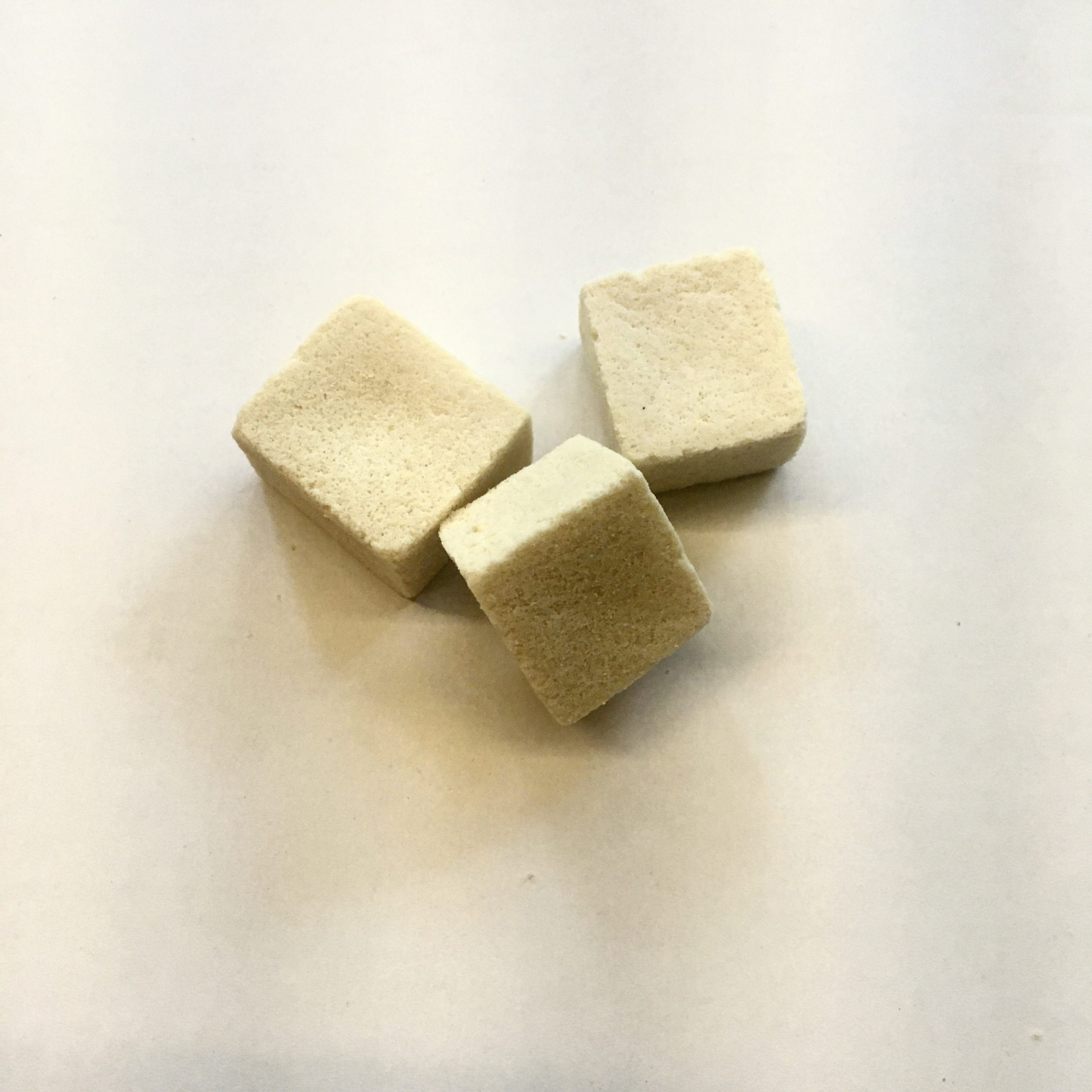
koyadofu 高野豆腐 frozen-dried tofu a very Japanese staple, 500 years old from buddhist temple cuisine and warrior cuisine. Tofu let out in the cold to freeze a d then dried for several days in the cold, to obtain a kind of sponge packed with proteins and soya fat. Used in traditional cuisine, soups and many more.
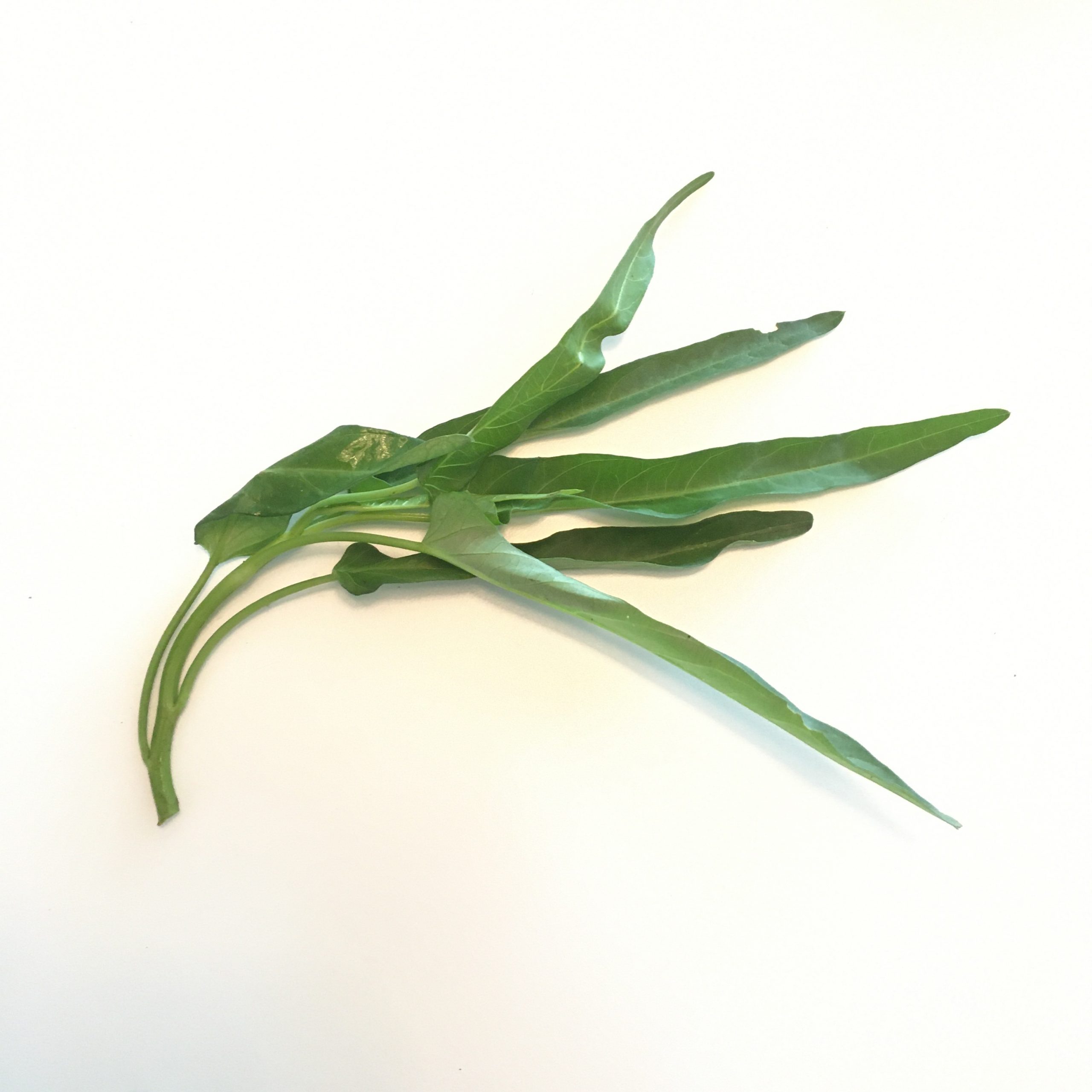
kushinsai 空芯菜 water spinach as many of the greens in Japan comes from Asia, but grows easily there. As the name indicate it is a green which resembles a lot Japanese spinach both in flavour and texture, but which grows in the summer.
M

maitake 舞茸 oyster mushroom.
miso 味噌 fermented preparation of soya beans and others (rice, barley…) used abundantly in Japanese cuisine. Look here for miso making process.
mochi 餅 sticky rice.
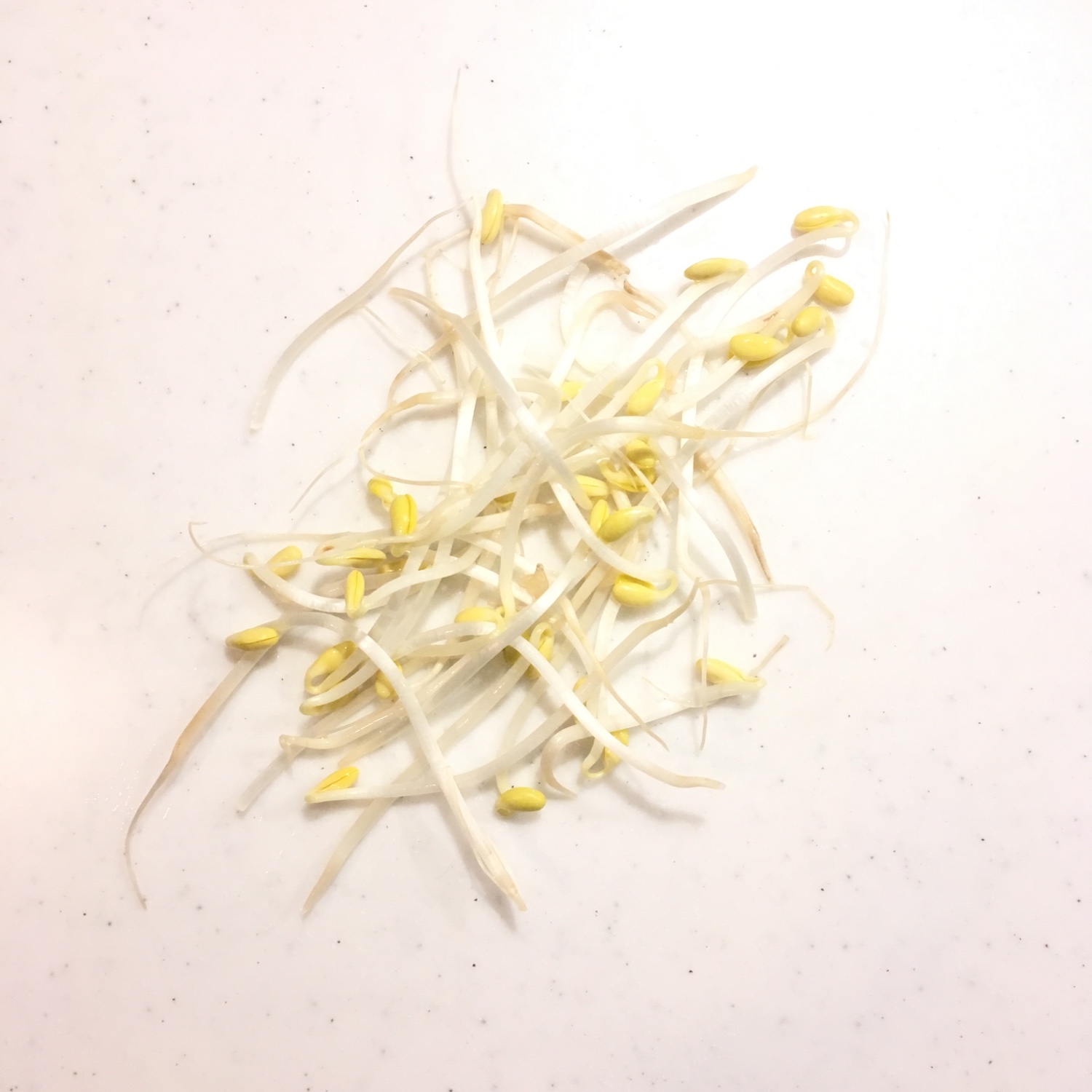
moyashi モヤシ soya sprouts.

myoga 茗荷 Japanese ginger.
N
nabe 鍋 hotpot is usually eaten in the winter with all kind of things inside: vegetables, tofu, meat, fish…
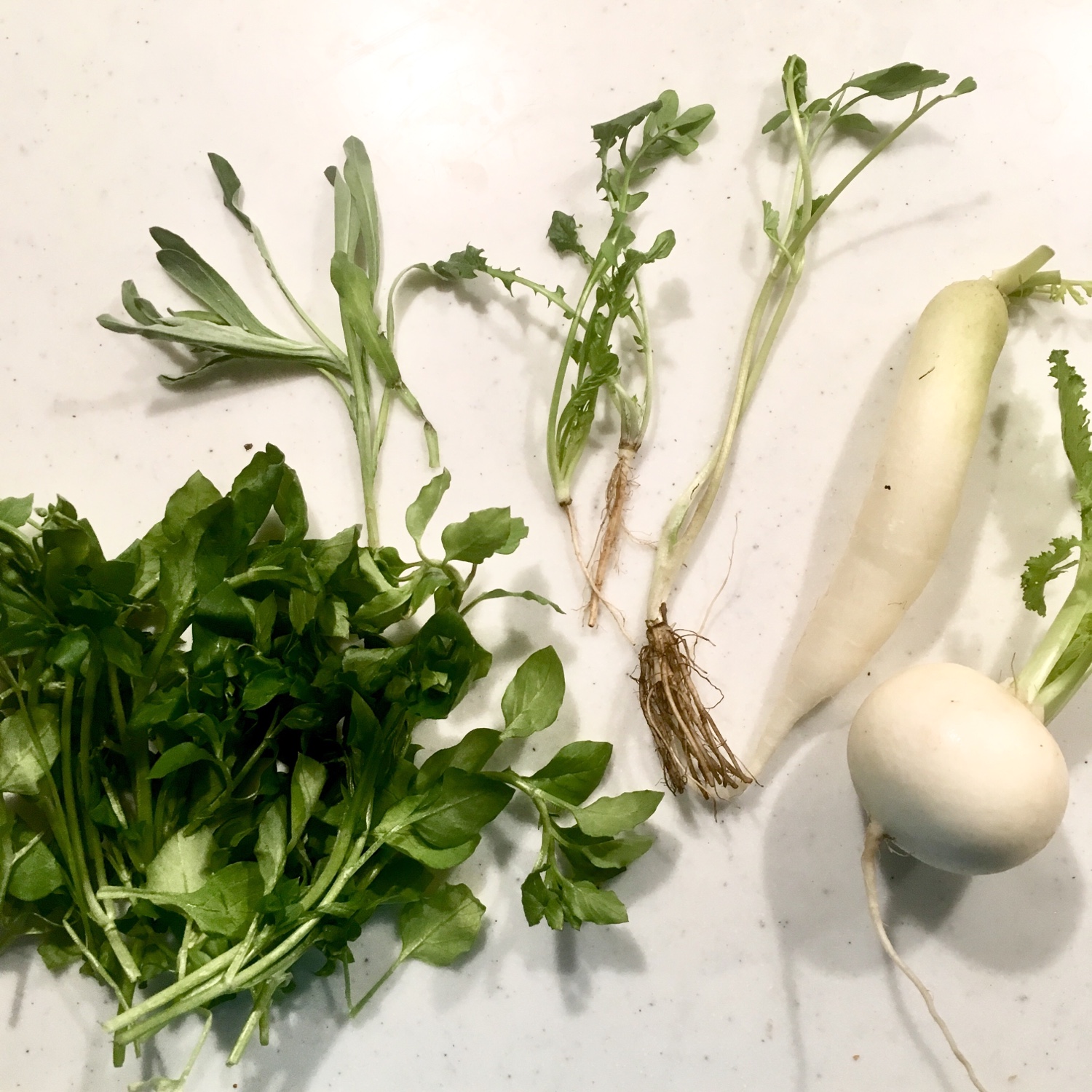
nanakusa or shichikusa 七草 the 7 herbs. Eaten on January 7th for a healthy year.

na no hana 菜の花 canola, in season in February-March in Tokyo area
nori 海苔 a type of seaweed used in many places in Japanese cuisine, in particular with rice for onigiri, maki…
O
onigiri おにぎりrice balls
R
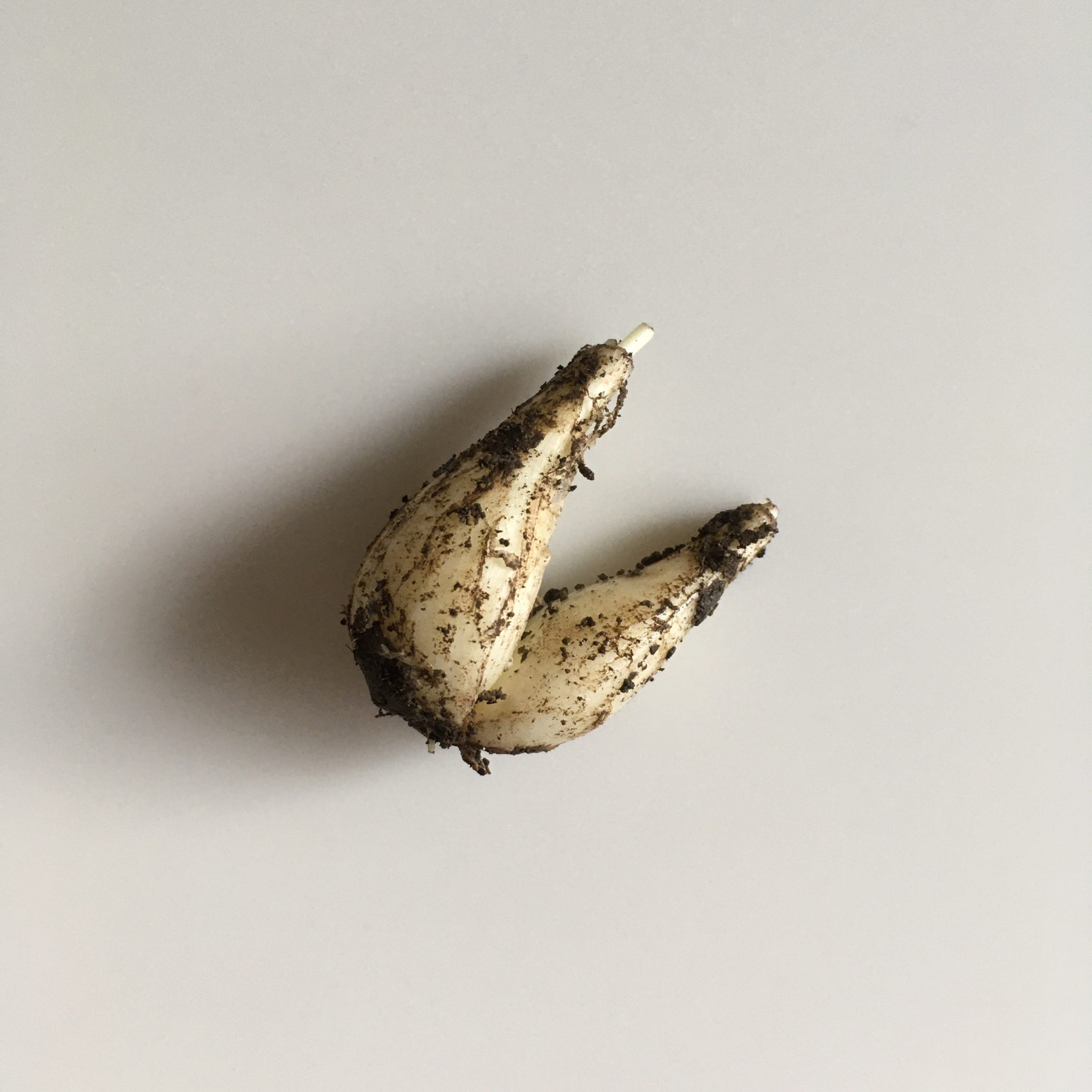
rakkyo らっきょChinese onion is a sort of shallot usually pickled in vinegar and eaten with curry-rice. In season in late May/early June.
S
sakura 桜 Japanese cherry tree, or Japanese cherry in general: cherry blossom, cherry blossom flavour…

sansho 山椒 Japanese pepper is a shrub that grows everywhere in Japan. Both the leaves and the fruits are edible. The leaves, known as kinome, are fragrant and used with sushi rice, bamboo shoots, miso soup… The fruits, resembling pepper, are also very tasteful and used in many preparations. The leaves start growing in spring, while the fruits are ripe in early summer.
sasa 笹 a sort of little bamboo with large leaves (not edible) used to wrap food or protect from rotting.

shiitake 椎茸 a very popular mushroom in japan that grows in shiitake farms all year round. Exists also dried.
shoga 生姜 ginger
shojin cuisine 精進料理 the traditional Buddhist vegan cuisine of Japan.
shoyu 醤油 soya sauce. There exists several types of shoyu: white, dark etc… This is one of the essential ingredients for Japanese cooking
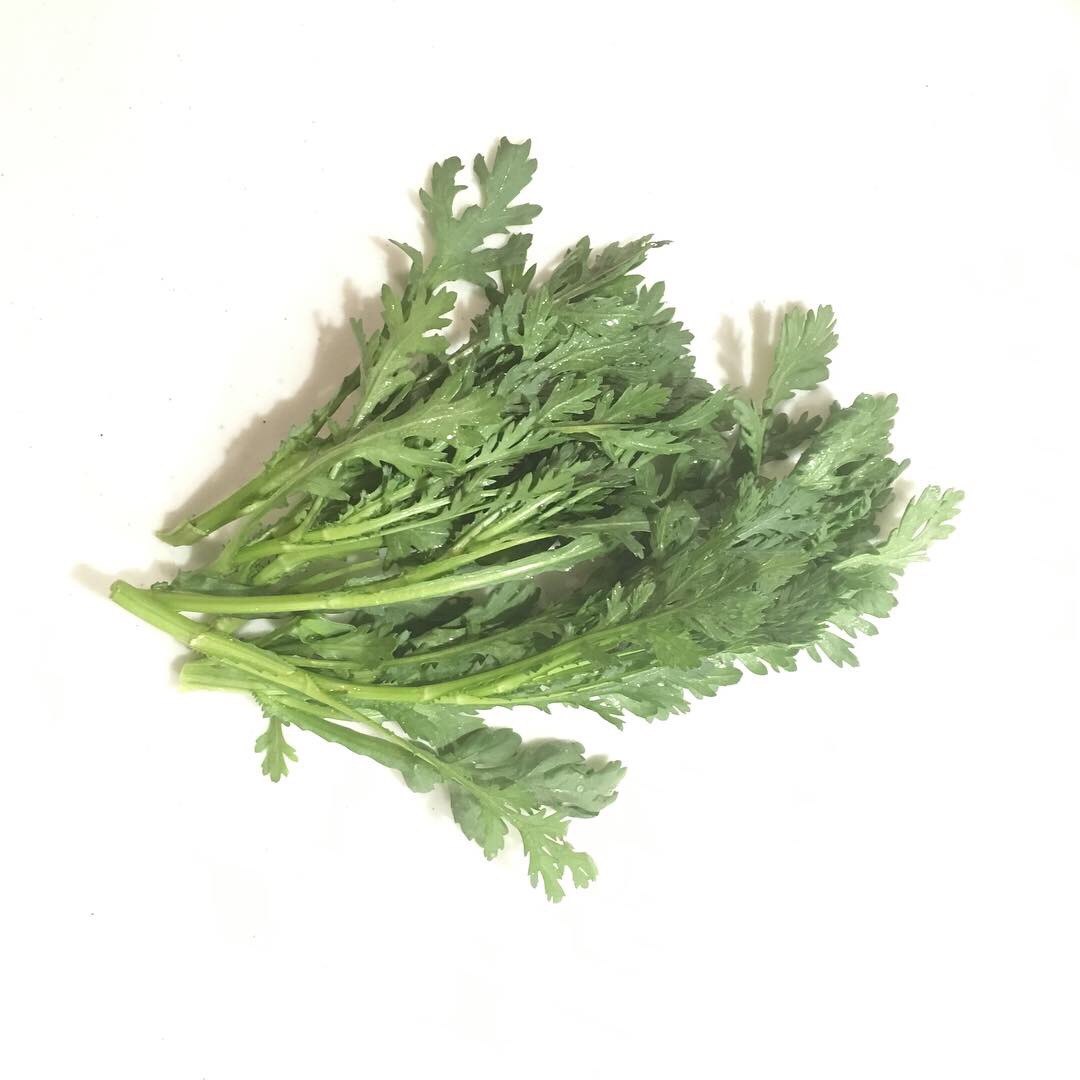
shungiku 春菊 “spring chrysanthemums” crown daises are literally the leaves of a sort of daisy that has a strong chrysanthemum smell and are of course edible. With a characteristic flavour, they are in season from November to February.
soba 蕎麦 buckwheat, more generally used to specify the buckwheat noodles in Japan.
R

rakkyo らっきょ a sort of shallot usually pickled and eaten with curry-rice.
T
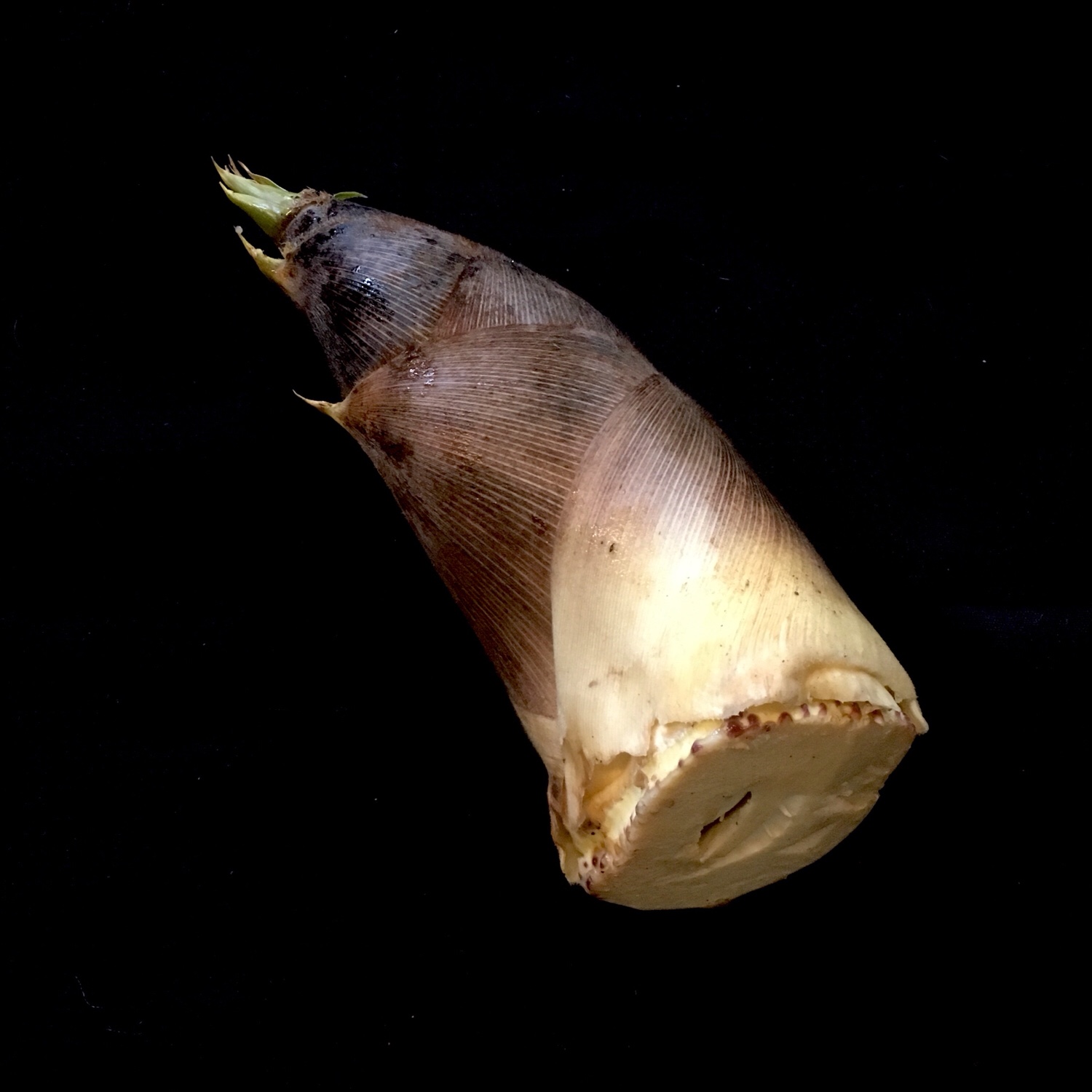
take no ko or takenoko 筍 bamboo shoot, in season in April-May in Tokyo area.
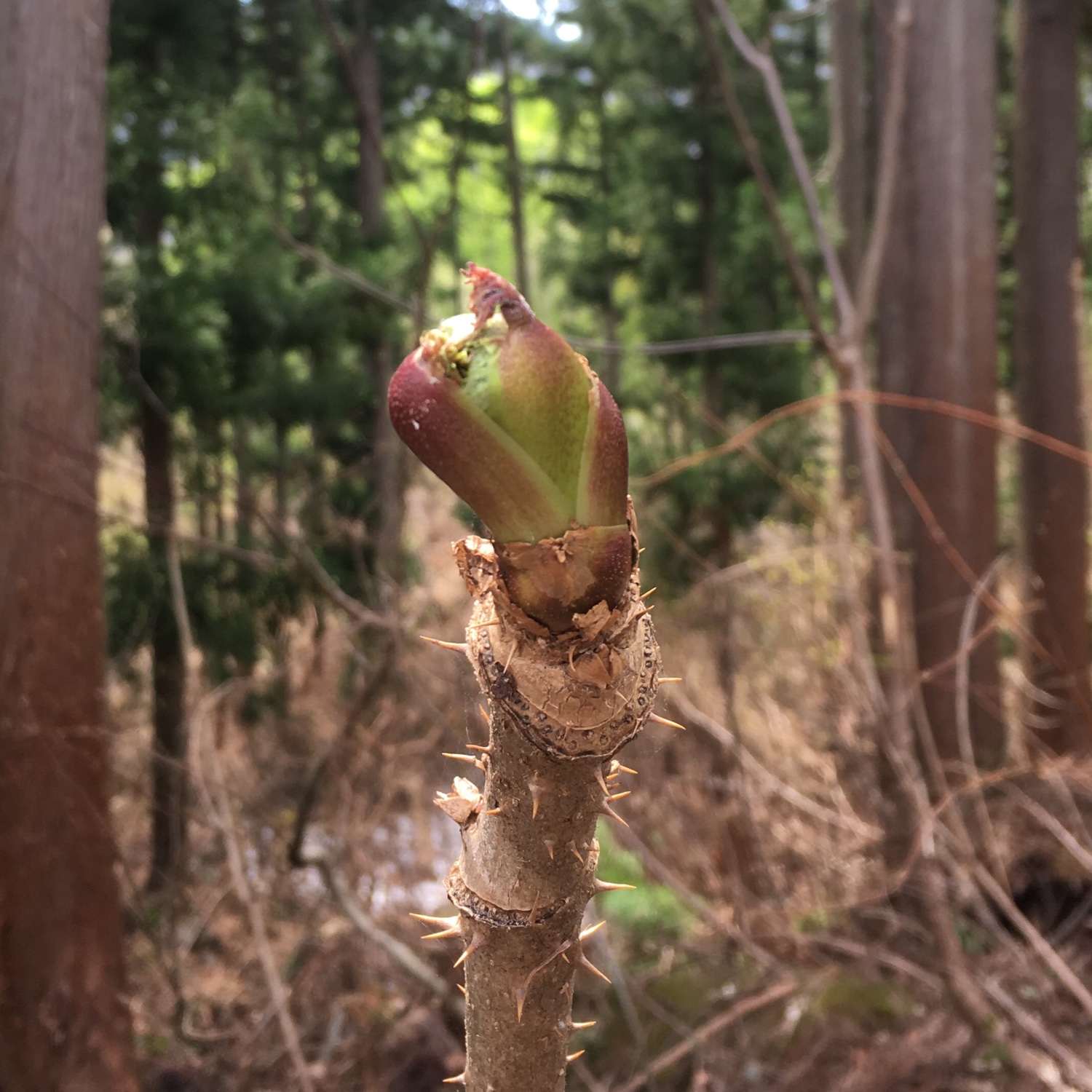
taranome タラの芽 angelica bud one of the sansai. Usually the cultivated version is easily found in supermarkets, but I eat only the one I pick myself.
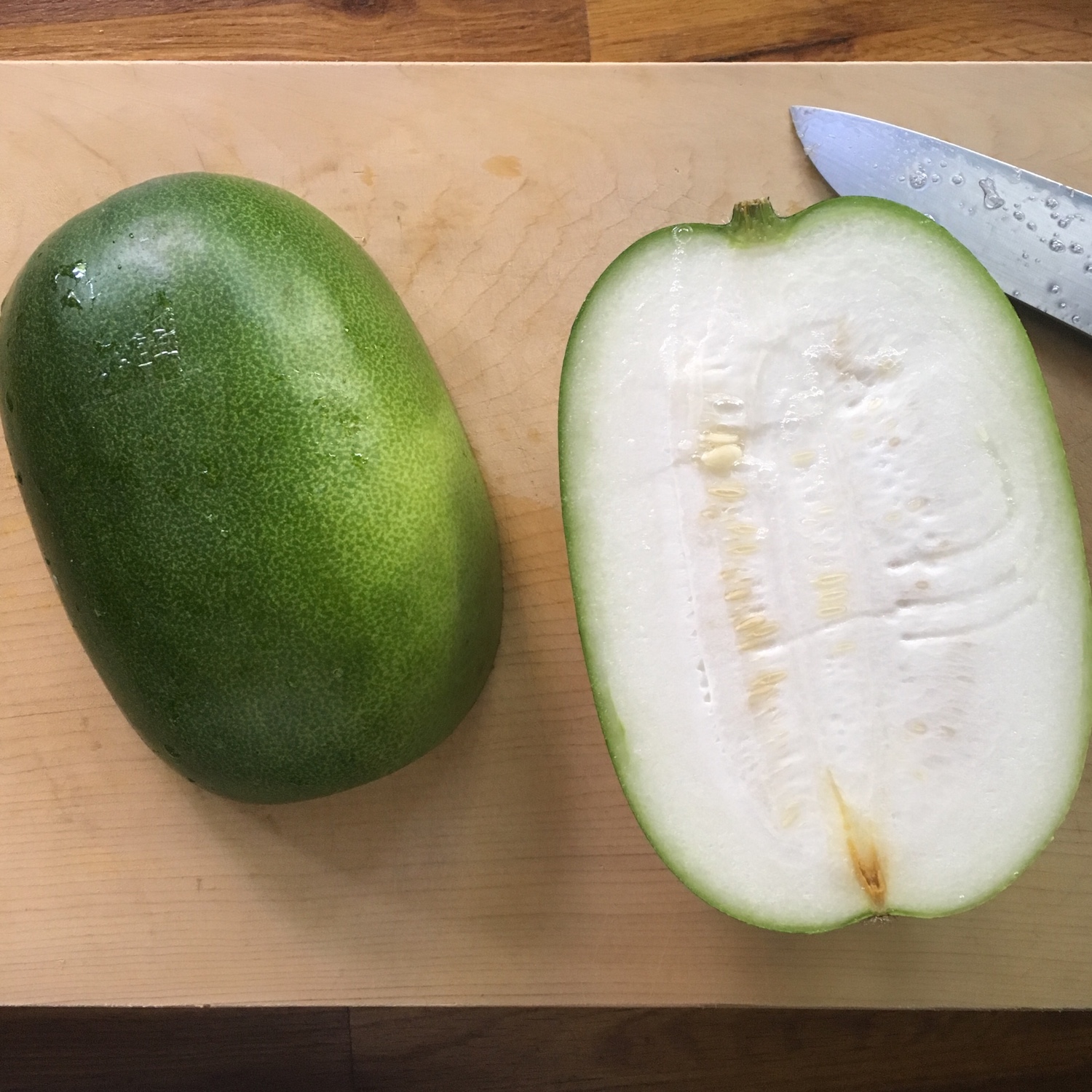
togan 冬瓜 wax gourd. Eaten in the summer. Recipes
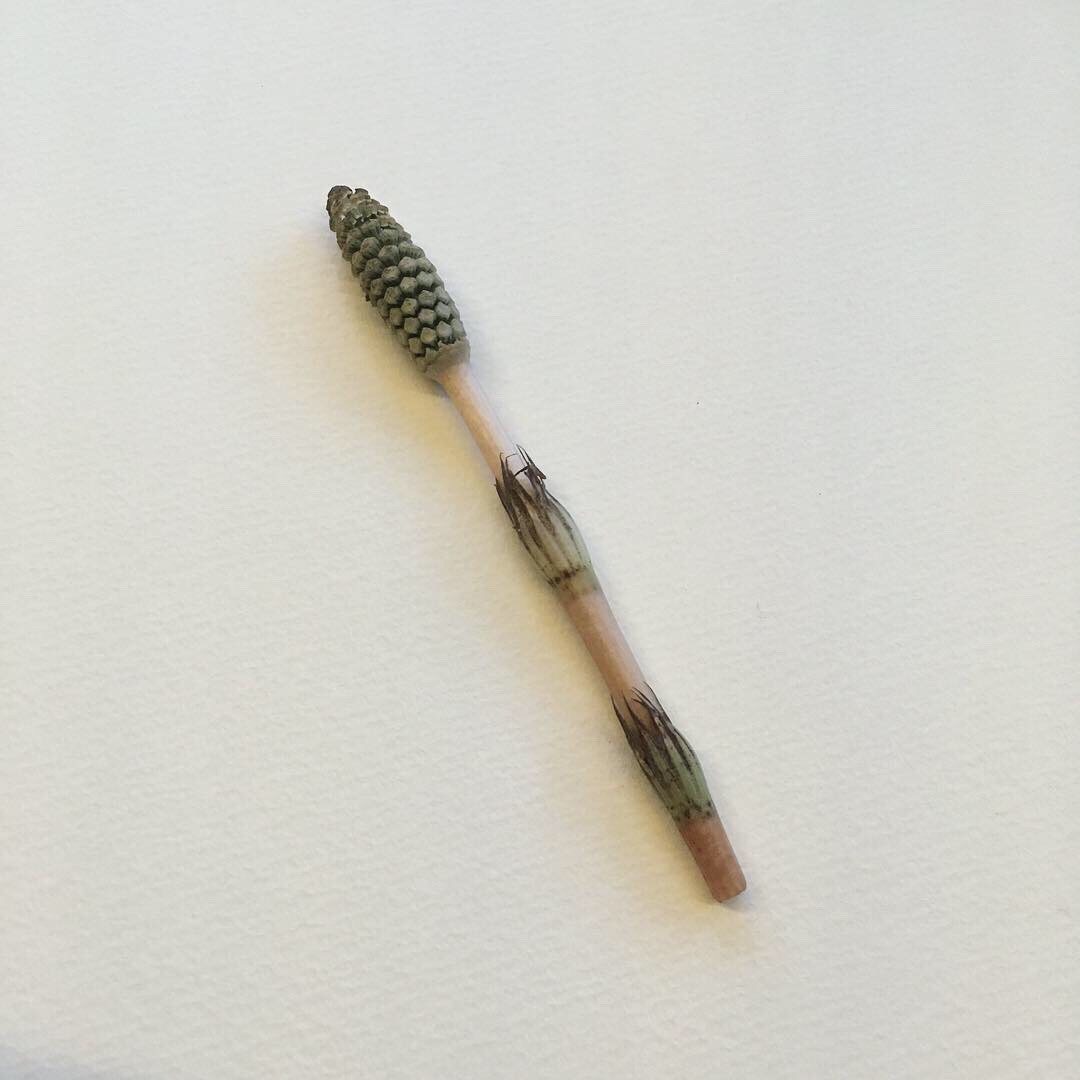
tsukushi つくし horsetail is one of the sansai or wild mountain vegetables. It is actually the kind of “flower” of the horsetail plant. A very delicate plant to harvest and cook.
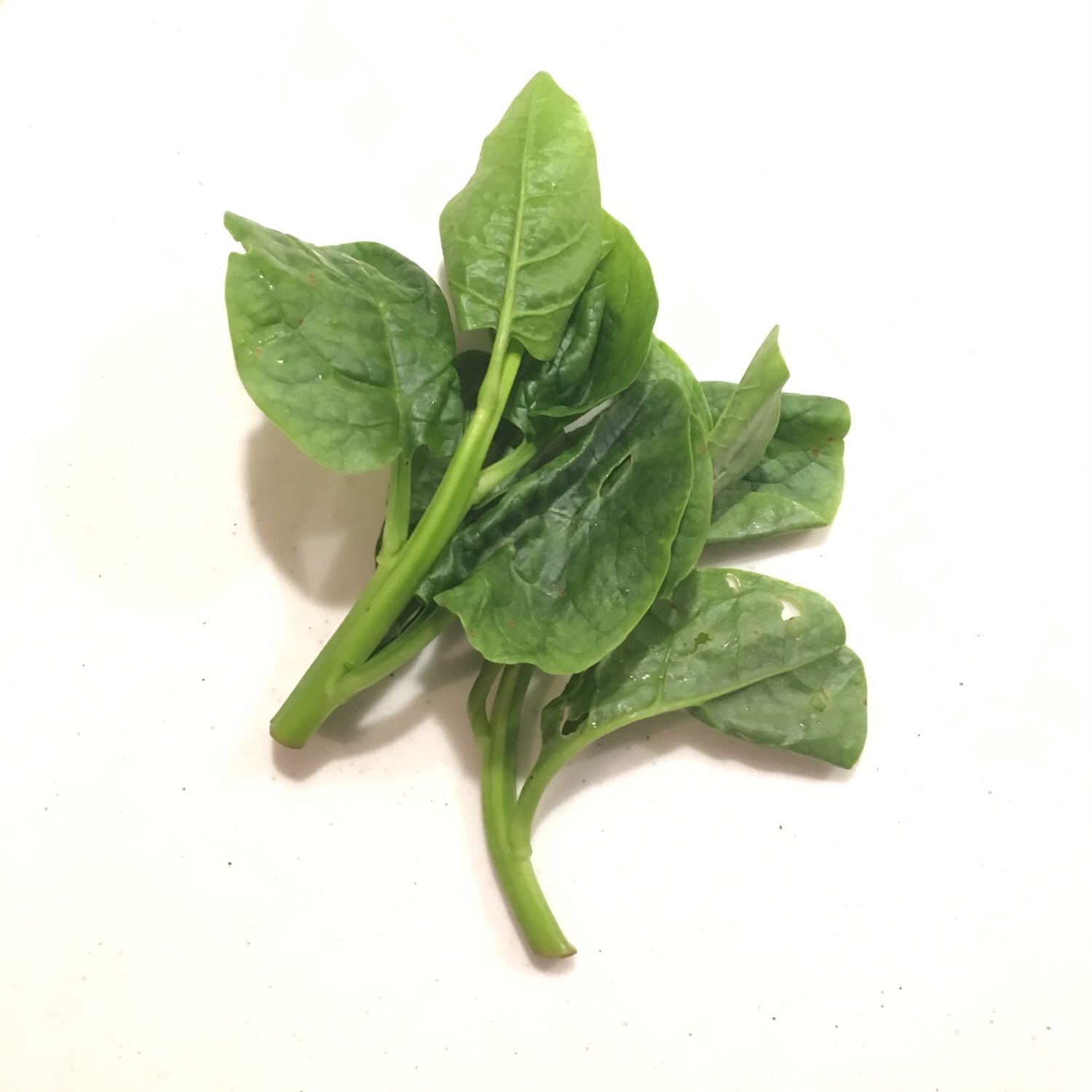
tsurumurasaki ツルムラサキ is the Japanese name for Malabar spinach. A delicious green that can be found in early summer.
U
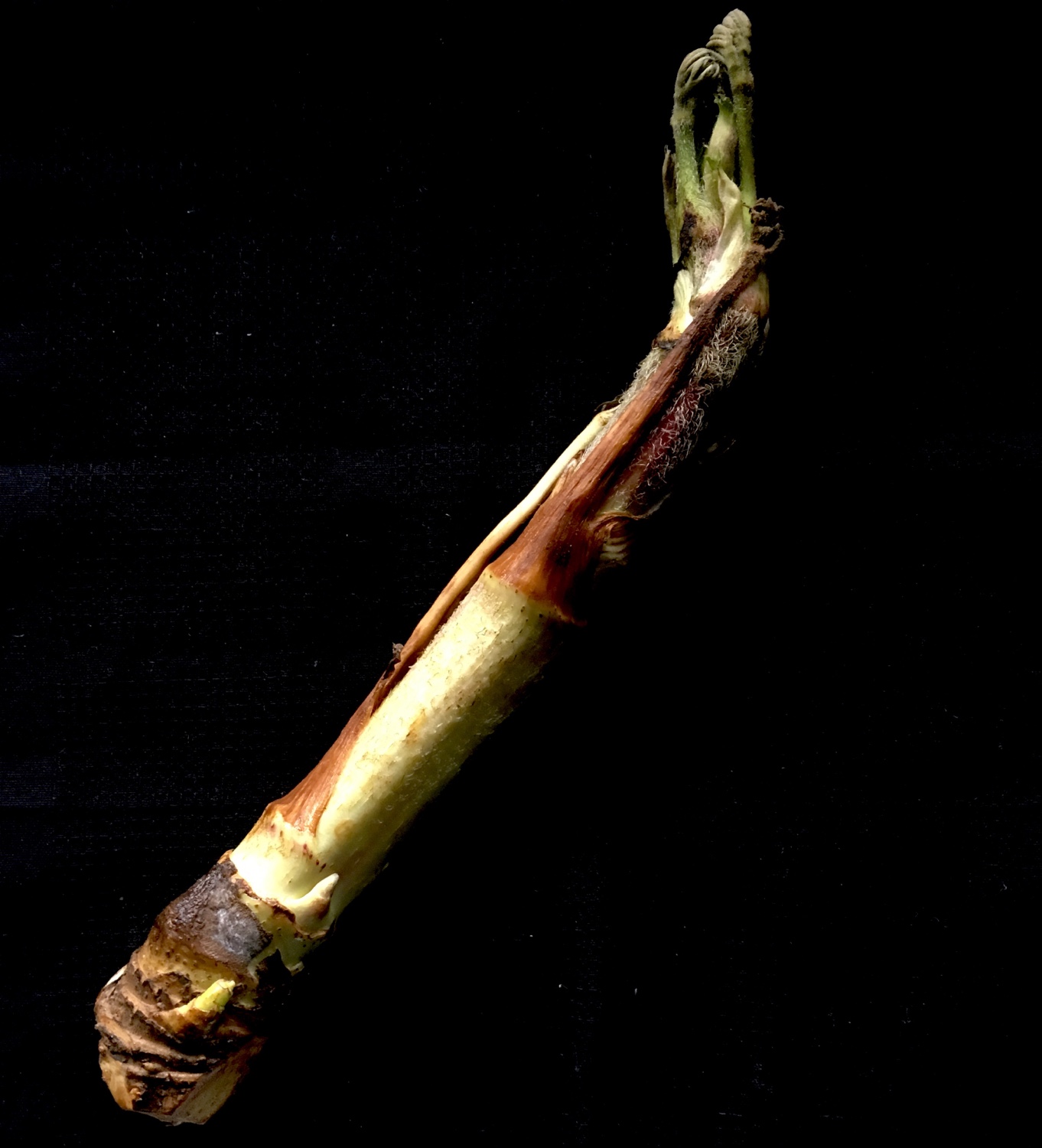
udo ウドAralia Cordata is one of the wild spring herb that grows in Japan. In season in March-April in the Kanto area. Usually blanched to remove the bitterness.
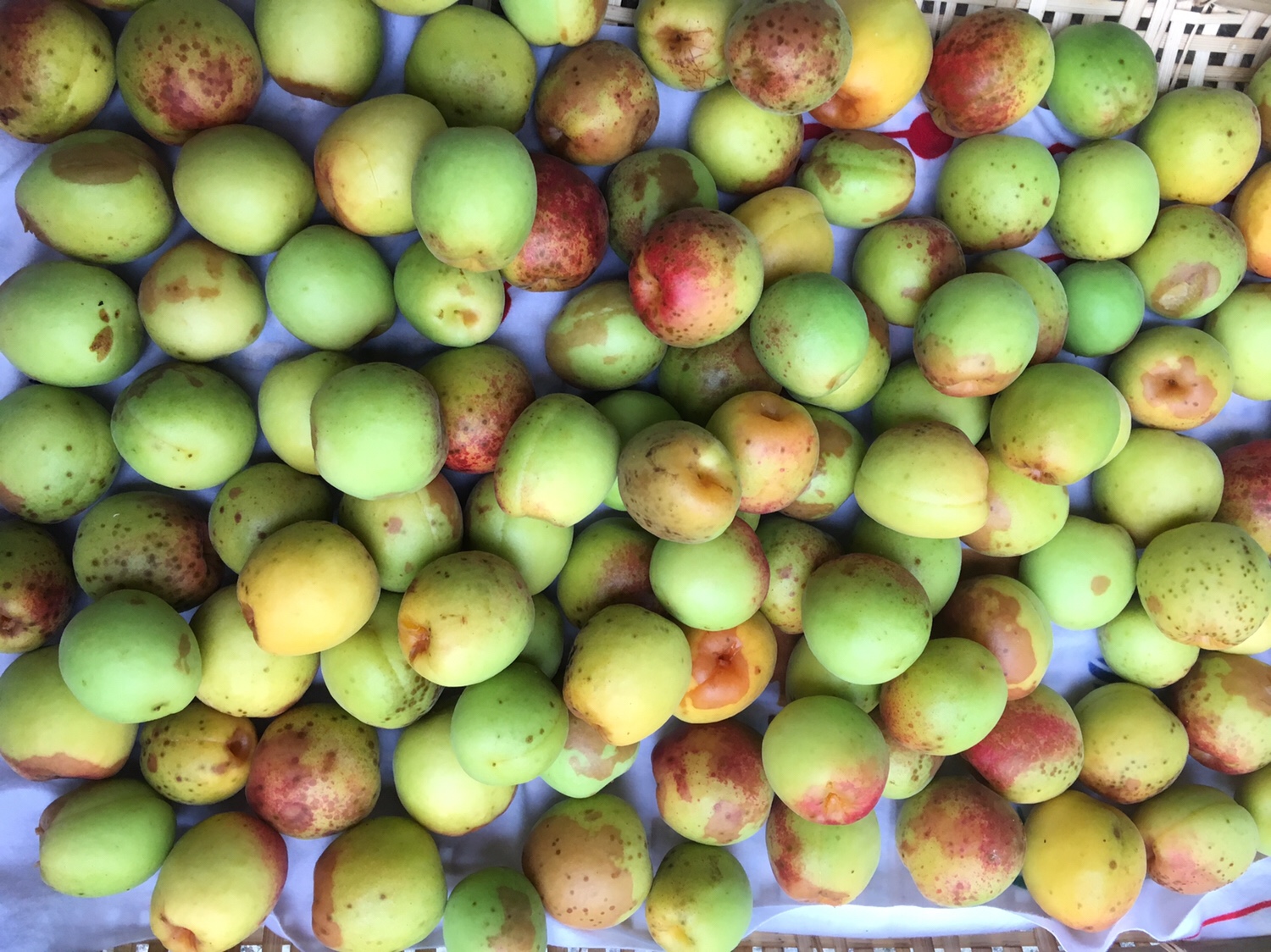
ume 梅 Japanese plum, Japanese plum tree
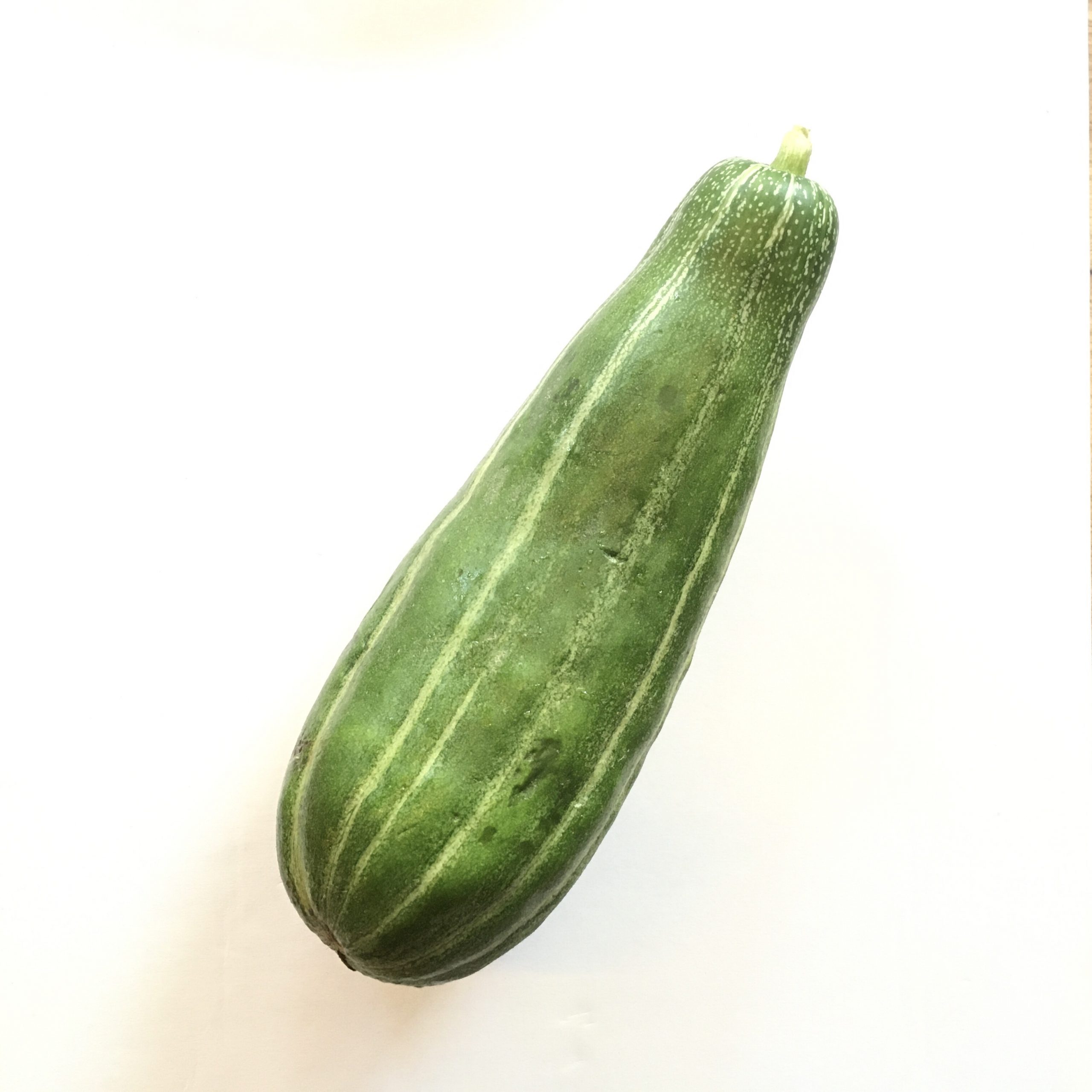
uri 瓜 a summer vegetable that is in between melon and cucumber. Delicious cooked, pickled…
Y
yaki 焼き grilled
W
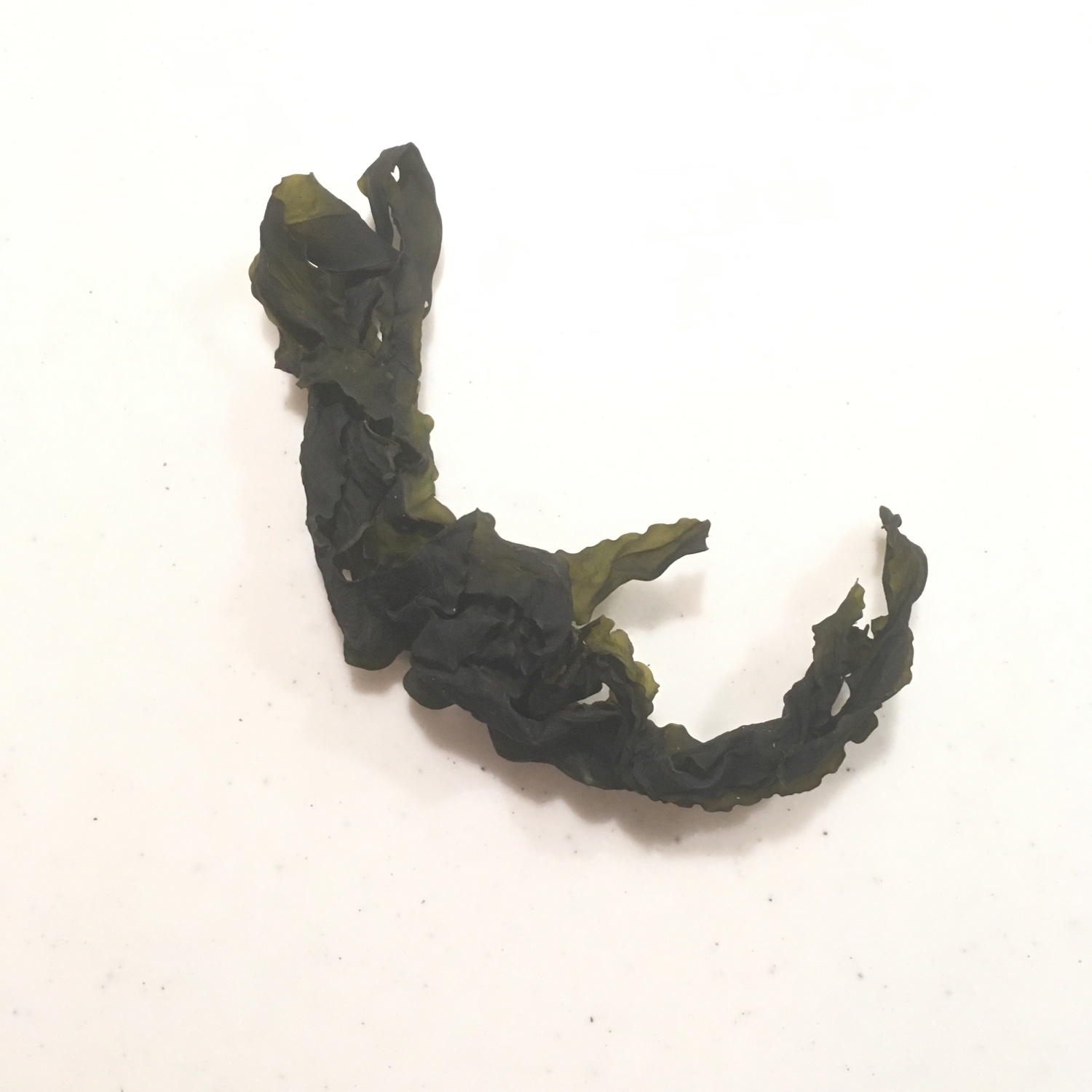
wakame 若芽 a type of seaweed used for dashi, rolled preparations…

warabi わらび 蕨 eagle fern is one of the wild speing greens. It has a very particular texture and taste, between asparagus and artichoke…
